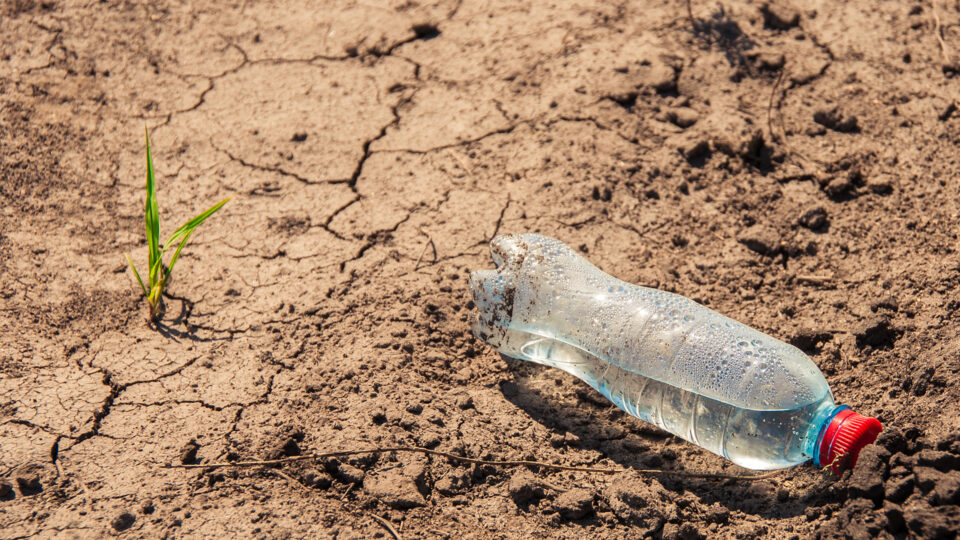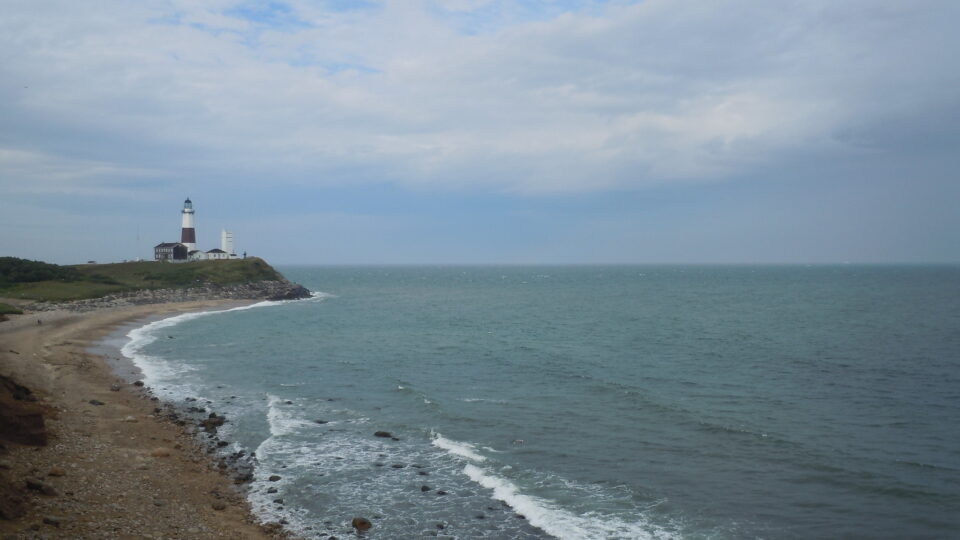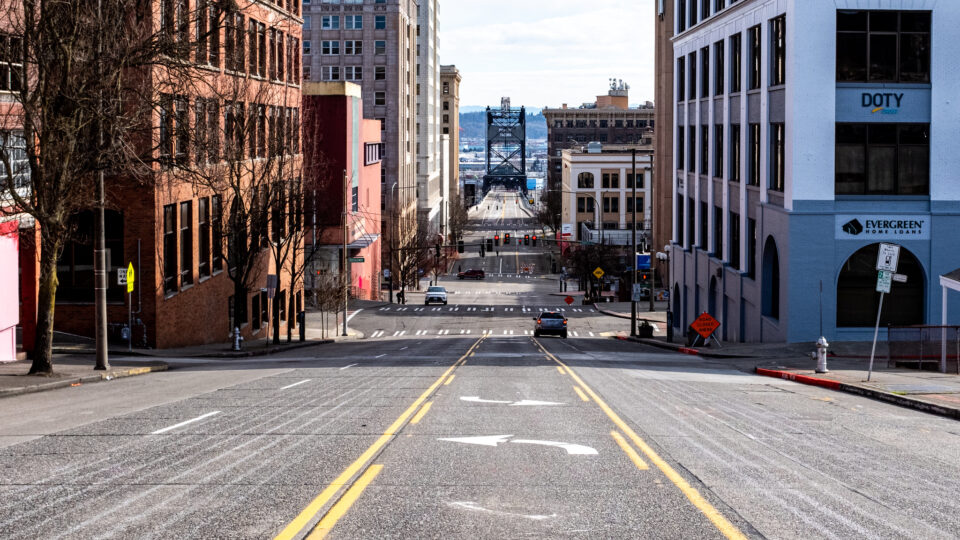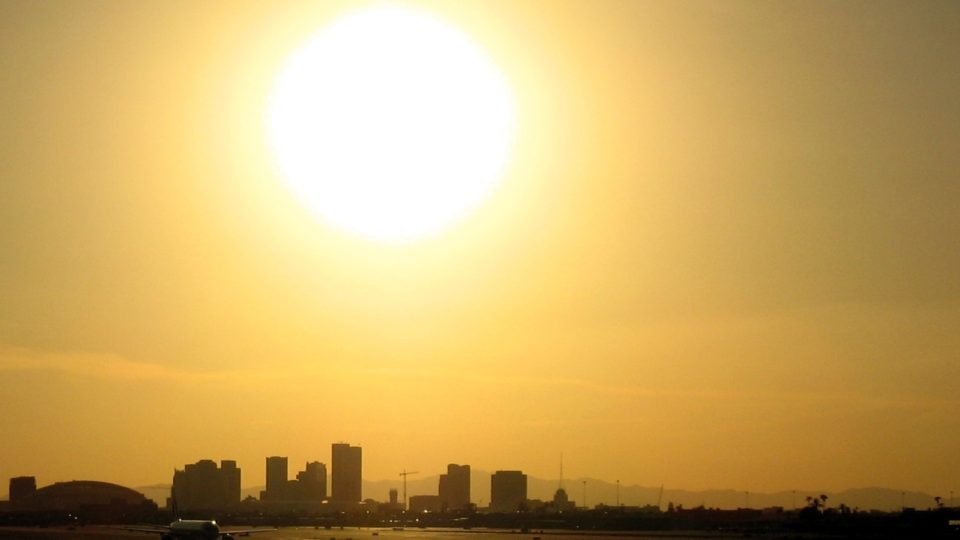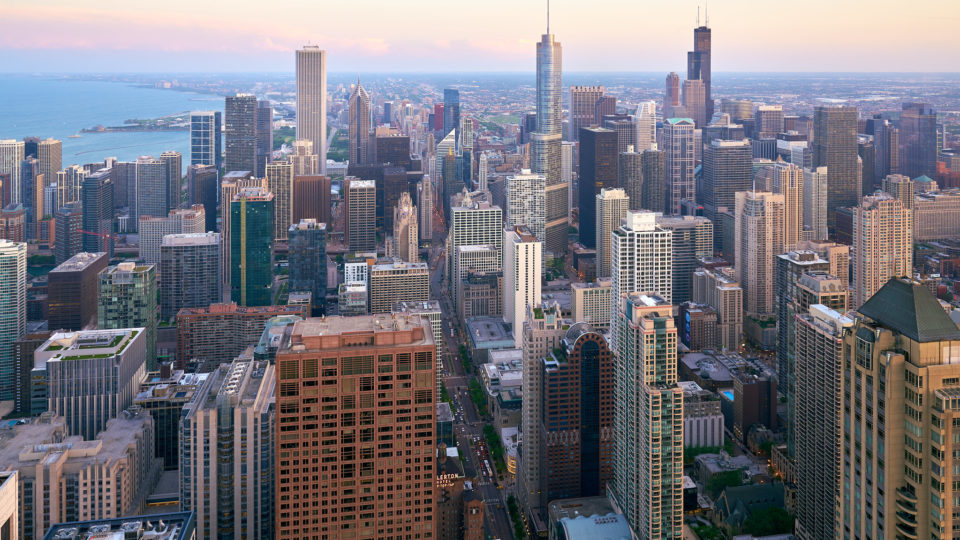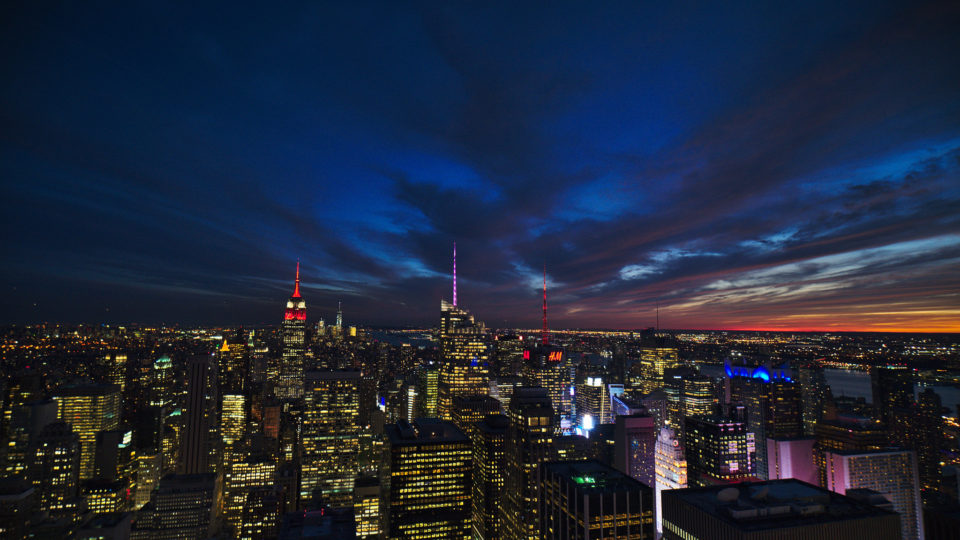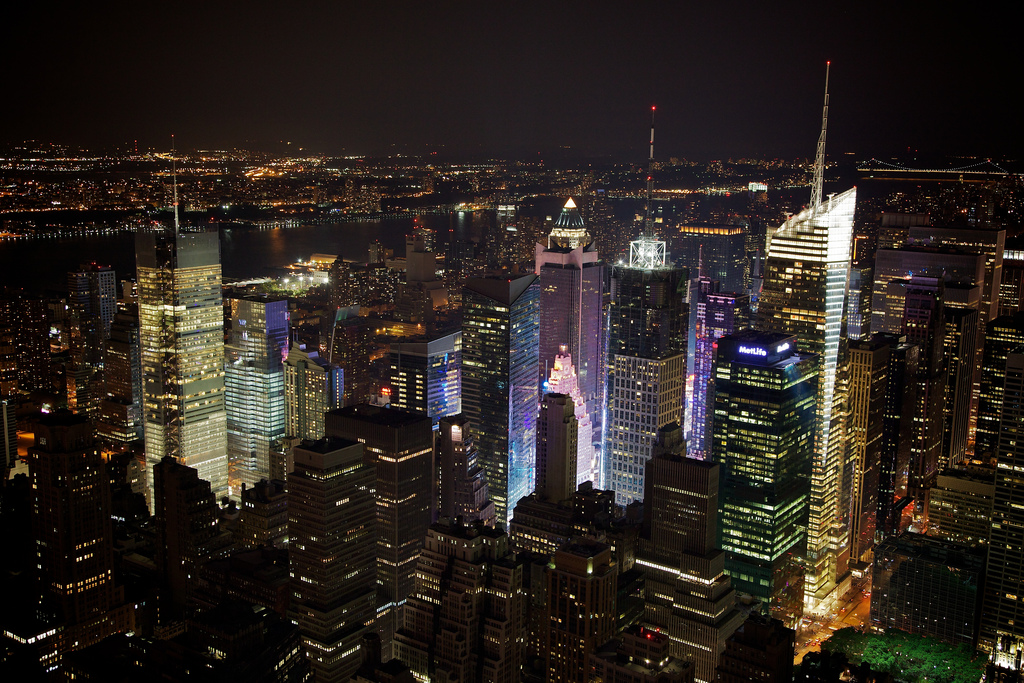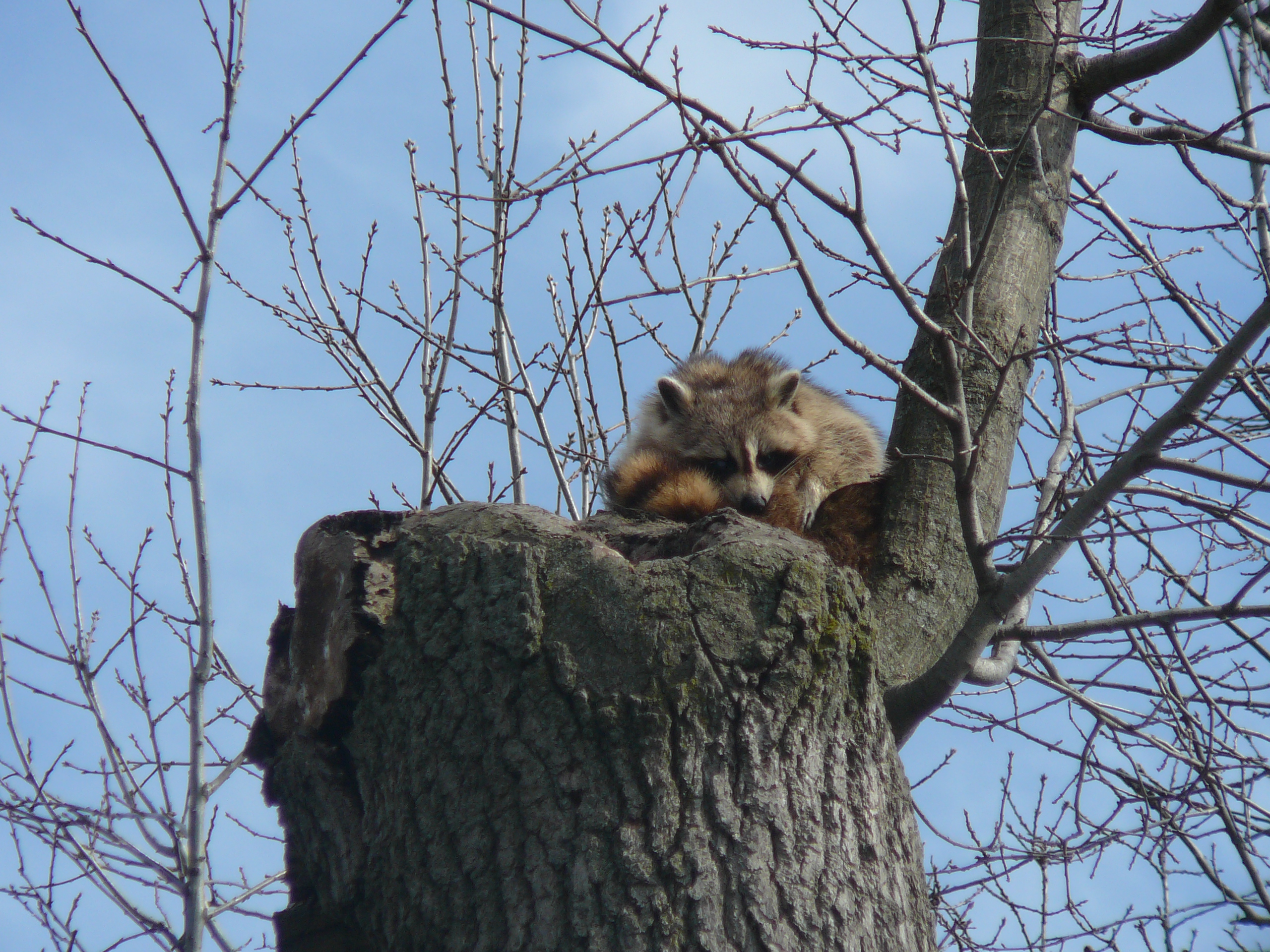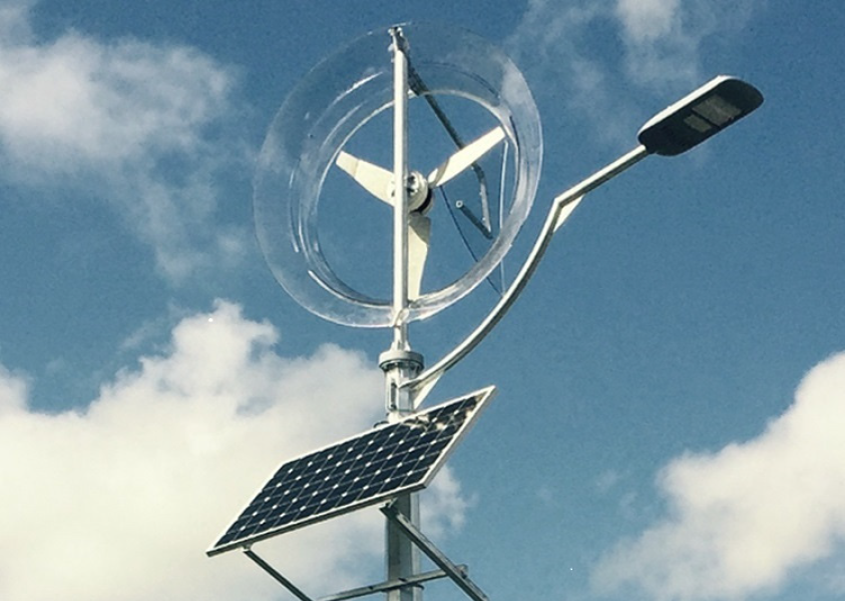The effort to mitigate the effects of climate change has a goal of keeping the global temperature increase below 1.5 degrees Celsius above preindustrial levels. To date, the average global temperature has increased by more than 1 degree. We hear about rising sea levels, powerful storms, and various other alterations in climate and weather patterns. A new interdisciplinary study by three institutions looked at the impact of surpassing the 1.5-degree level upon people being able to withstand heat and humidity.
Humans can only withstand certain combinations of heat and humidity before their bodies begin to experience heat-related health problems such as heat stroke and heart attacks.
In human history, temperatures and humidity that exceed human limits have been recorded only a limited number of times and only for a few hours at a time, in the Middle East and Southeast Asia.
According to the new study, if global temperatures increase by 2 degrees Celsius above preindustrial levels, the 2.2 billion residents of Pakistan and India’s Indus River Valley, the one billion people living in eastern China, and the 800 million residents of sub-Saharan Africa will annually experience many hours of heat surpassing human tolerance.
If the warming continues further to 3 degrees, heat and humidity levels that surpass human tolerance would affect the Eastern Seaboard and the middle of the US from Florida to New York and from Houston to Chicago.
The worst heat stress will occur in regions that are not wealthy and that are experiencing rapid population growth. But even wealthy nations will not escape from the expansion of conditions that are too hot for people.
**********
Web Links
Climate-driven extreme heat may make parts of Earth too hot for humans
Photo, posted June 28, 2018, courtesy of Ivan via Flickr.
Earth Wise is a production of WAMC Northeast Public Radio
